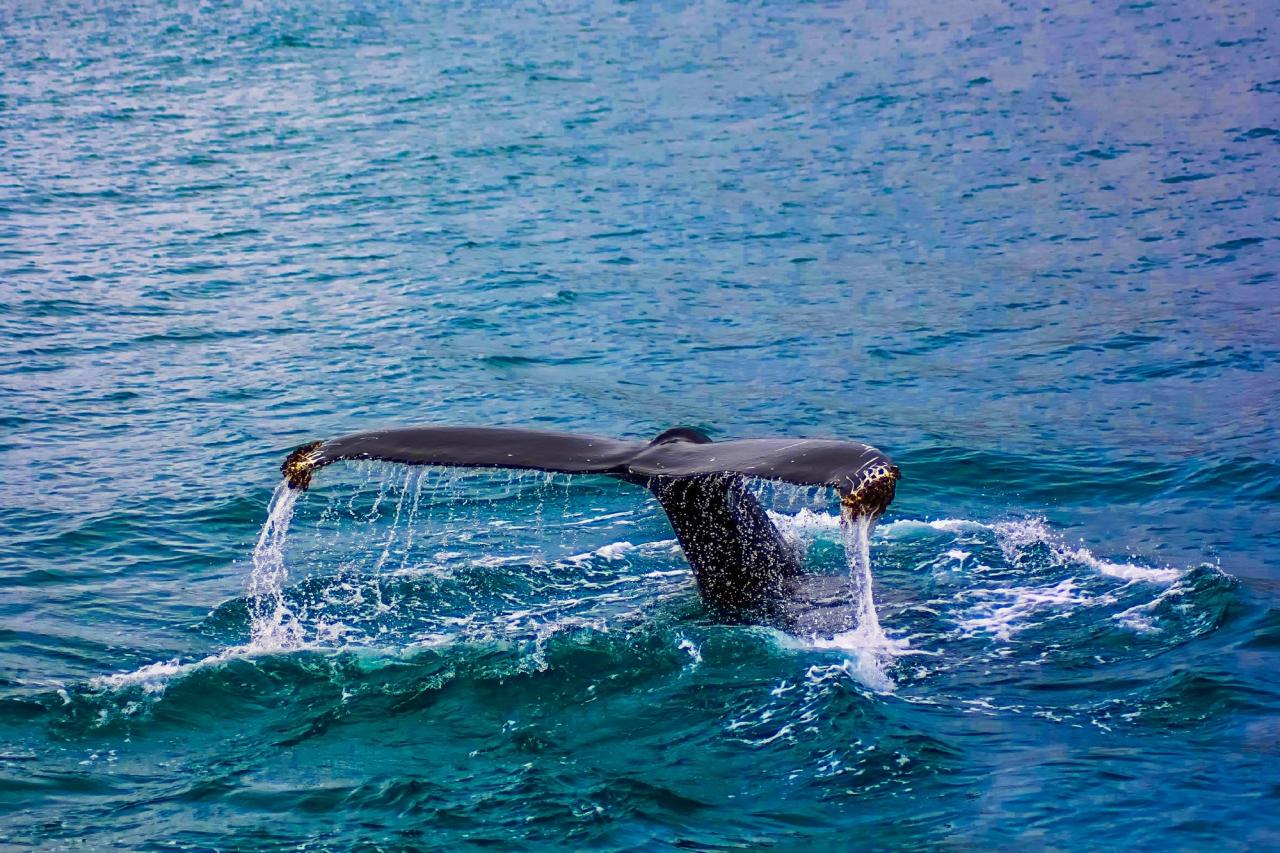How Humans Can Help Marine Species
Oceans offer various unique forms of life, from the tiniest zooplankton to the gigantic blue whale, oceans are home to a million marine species. They are dependent on the vast water bodies, with their species increasing each day. However, humans have played a significant role in destroying and polluting the oceans to impact marine animals negatively. It is important to create awareness and understand how human activities make the survival of these species difficult.
According to the International Union of Conservation of Nature (IUCN) Red List, there are about 5,652 endangered species of marine animals. With the increased chances of marine pollution, these animals are nearly extinct or have an extremely low survival rate in the ocean. Therefore, immediate planning and action are required to save them. Before you initiate a step to create awareness, it is essential to know which species are endangered marines. So, to help you, here’s a list of these species of marine animals that need our help.
North Atlantic Right Whale
One of the most endangered species of marine animals is the Right Whale, typically found in the North Atlantic Ocean. These giants are easily spotted due to their dark skin and white calluses on the head. Since the early 11th century, they have been a popular prey for whale hunters. Due to the fat in their body accounting for 40% of their body weight, the whalers exploited them to store oil and blubber. Thus, the population of these large whales started decreasing, making the numbers fall to a hundred. Despite the Endangered Species Act (ECA) that started in 1970, the right whales still struggle to survive and lose their lives by colliding with ships or entangling fishing gear. The population of individuals left in the world is around 300-350, making them an endangered large whale population.
Hawaiian Monk Seal
While seals are mostly found in cold temperatures, they also live in the North-western Hawaiian Islands. These species suffer from the increasing development and disturbance created by human activities on the coastline, causing them to move away from the shore and destroy their natural habitat.
Lack of food, entanglement in fishing, and diseases are also the reasons that threaten the Monk Seals today. Since these creatures love to hang out on sandy beaches, plastic pollution has become one of the leading causes of fatality rates. With different protections striving to help them, only 1,400 of the Hawaiian Monk Seal individuals survive today. It is crucial to understand that these species need our help, and serious actions are needed to save them.
Kemp’s Ridley Sea Turtle
Listed as critically endangered by the International Union of Conservation of Nature (IUCN), these smallest sea turtles globally have a nesting population of females of around 1,000. Since these sea turtles usually swim in shallow waters to catch crabs and mollusks, they often mistake plastic bags for food that can be fatal to their health.
Since 1976, changes in the fishing gear have been made to protect sea turtles; however, no rebound in the population of kemp’s ridley has been observed. Marine debris and overharvesting of their eggs have significantly become a threat resulting in a decrease in their population.
Key Takeaway
The rapid extinction of marine animals requires us to help these species survive and limit anthropogenic activities to prevent a negative impact on them. The increase in endangered animals is alarming making it important to create awareness to protect their natural habitat.



